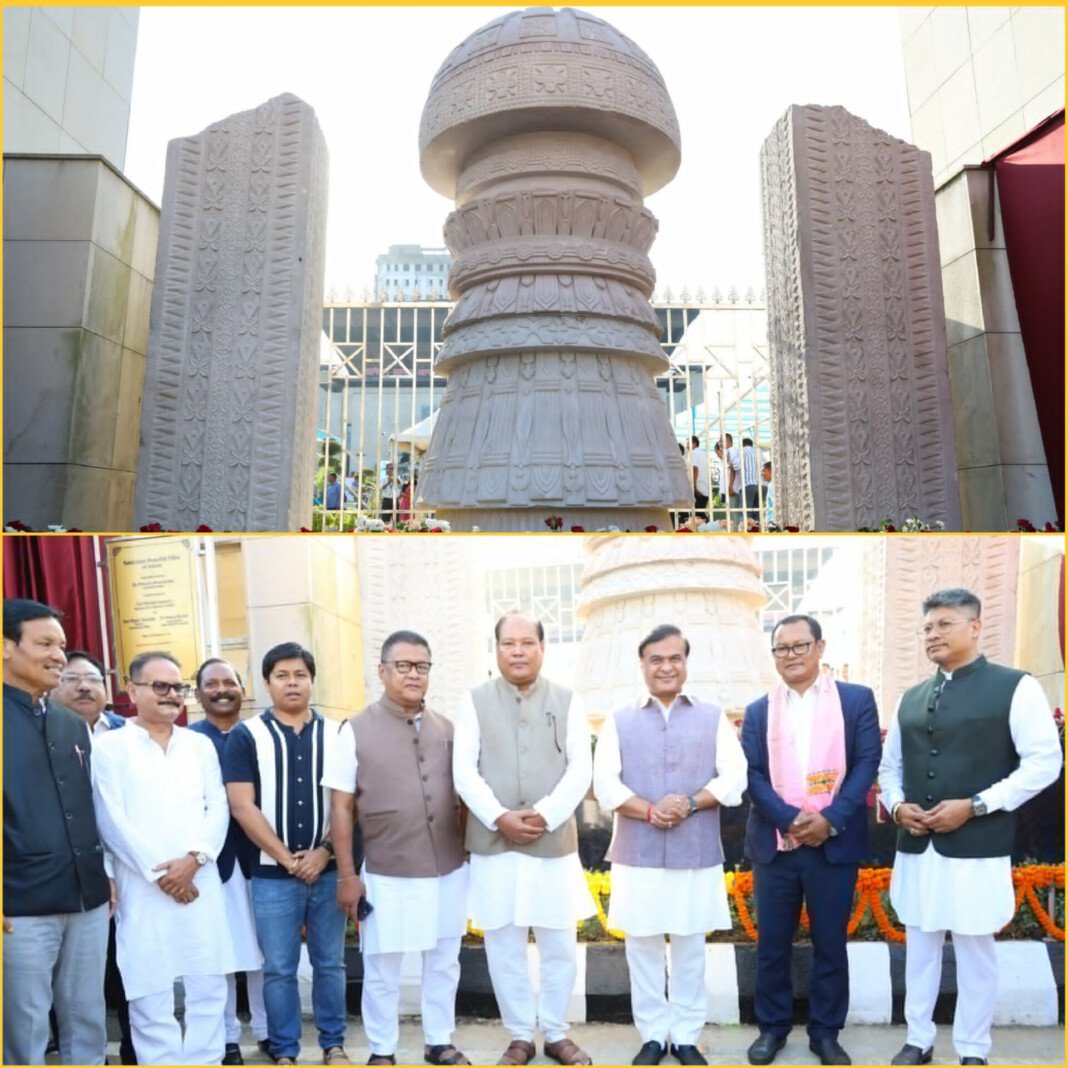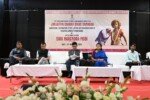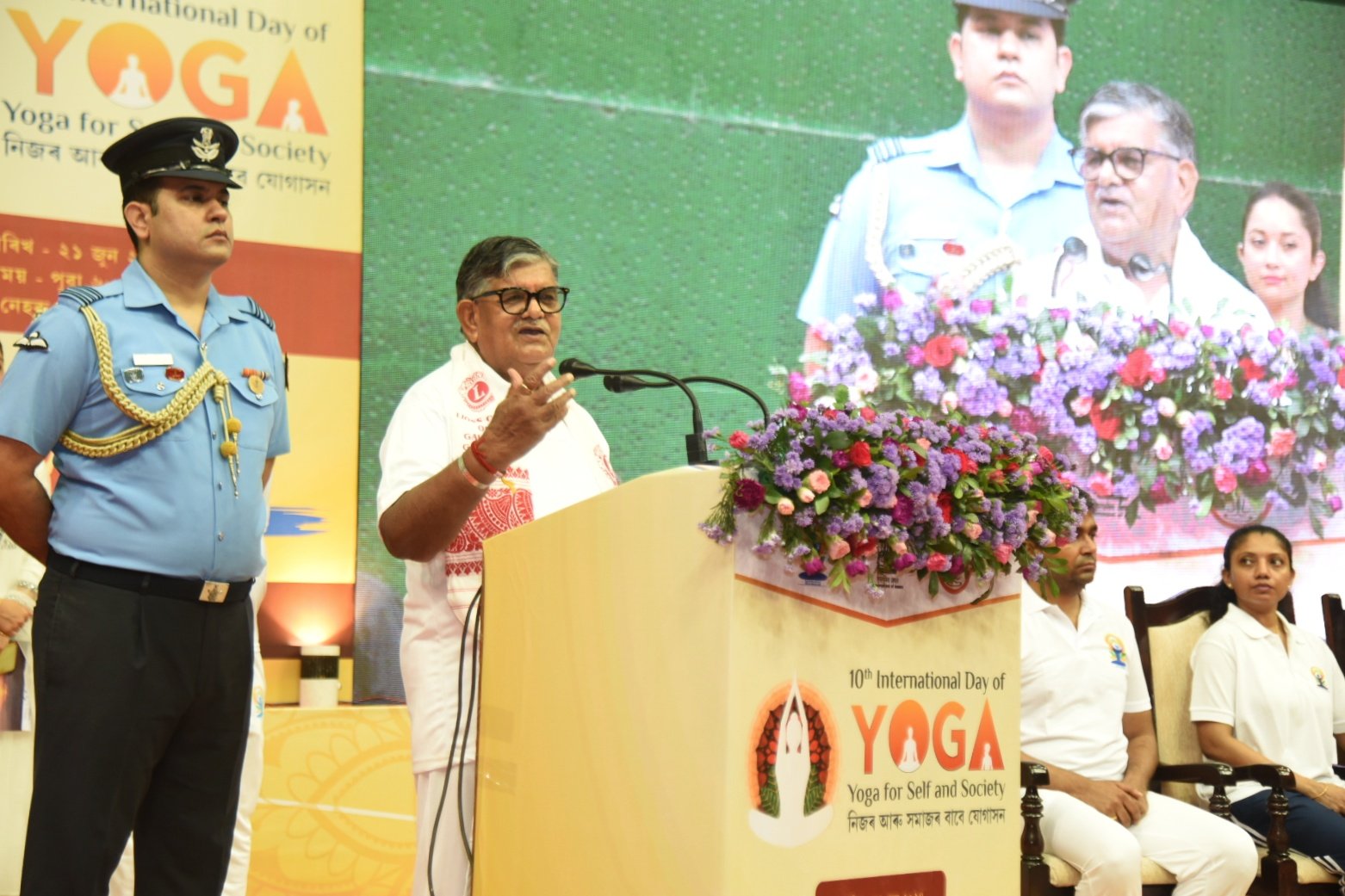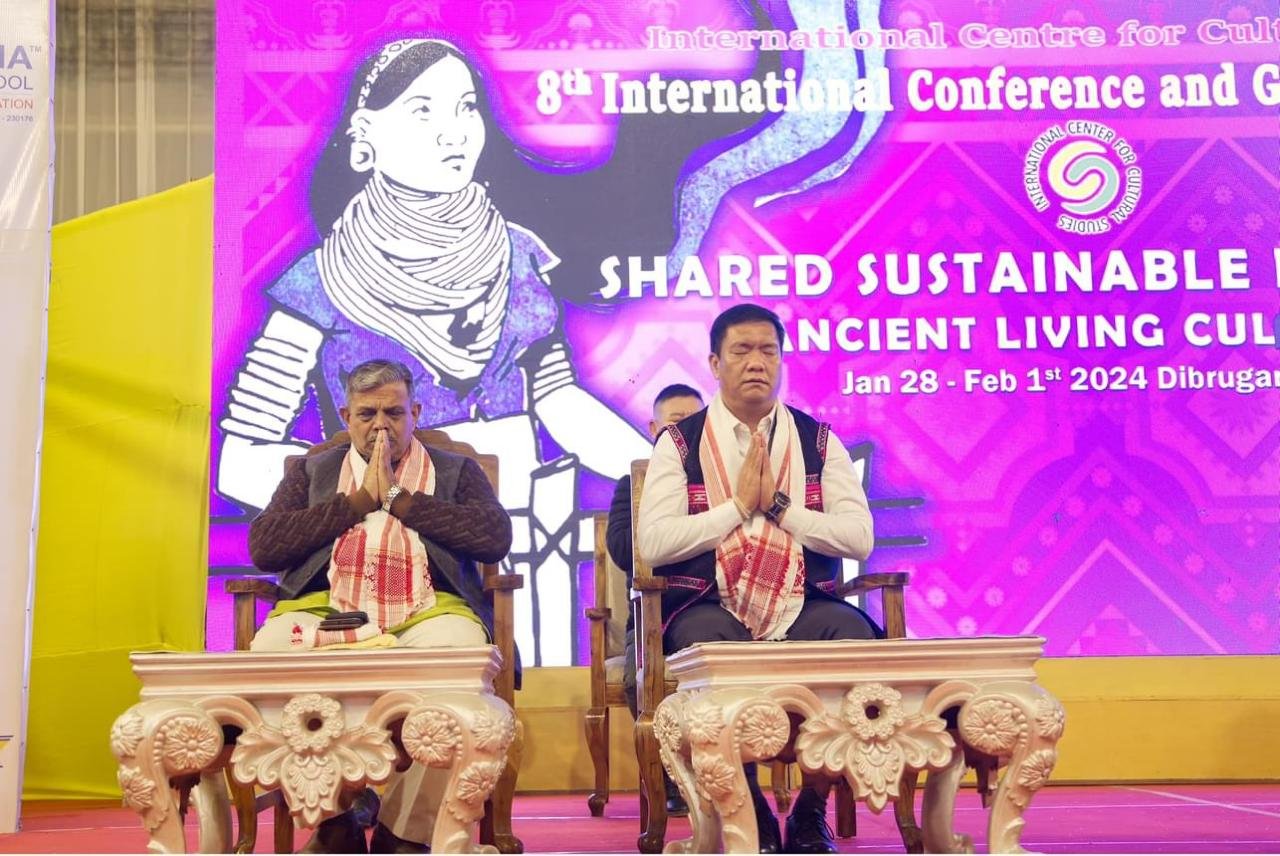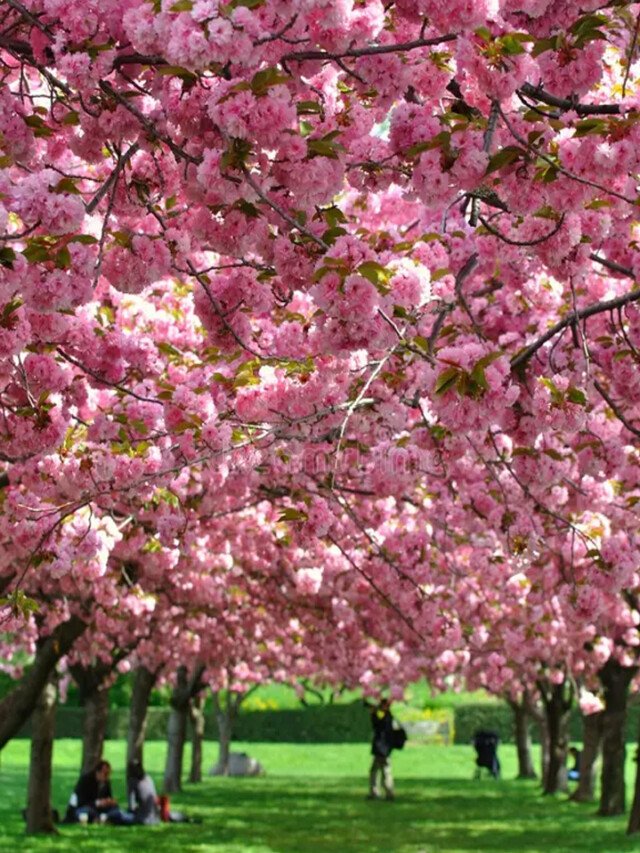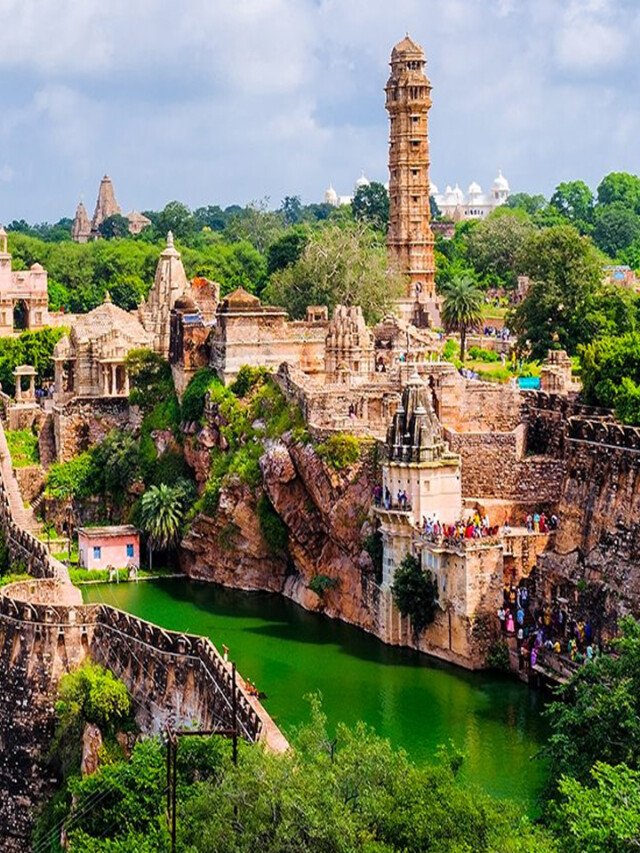HT Bureau
GUWAHATI, Nov 21: Chief Minister Himanta Biswa Sarma on Thursday unveiled a sandstone monolithic pillar, an exquisite sculpture reflecting the historical legacy of the ancient Kachari kingdom of Assam within the Assam legislative assembly complex.
Sarma highlighted the vital role that Assam’s tribal communities play in the state’s cultural identity, noting that their vibrant art, cultural practices, and traditions are essential components of Assam’s legacy.
He said, “The region’s illustrious history comes to life through such cultural expressions, including historical remnants of the Kachari Kingdom, which hold an enduring place in the history of Northeast India.”
Expressing his delight at unveiling a replica of the Kachari Kingdom’s monolithic pillar within the Assembly complex, the CM emphasised that this installation represents a lasting commitment to conserving and promoting tribal art, culture, and heritage.
He reiterated, “Assam’s present government remains dedicated to preserving the cultural heritage of its tribal communities.” In line with this commitment, he mentioned that several tribal freedom fighters from the Northeast, including Dimasa leader Sambhudhan Phonglo, Rani Gaidinliu of Nagaland, Bir Tikendrajit Singh of Manipur, Ratanmani Reang of Tripura, Helen Lepcha of Sikkim, U Tirot Sing Syiem of Meghalaya, Ropuiliani of Mizoram, and Moje Riba of Arunachal Pradesh, have been honoured with statues at the Amrit Udyan in Hengrabari, Guwahati.
Alongside the sculpture, several newly developed facilities, including a command and control centre, cafeteria, digital corridor, and smart pole were unveiled.
Additionally, Sarma highlighted the establishment of the Department of Indigenous and Tribal Faith and Culture, reflecting the present state government’s commitment to preserving the traditions and beliefs of the indigenous communities of the region.


